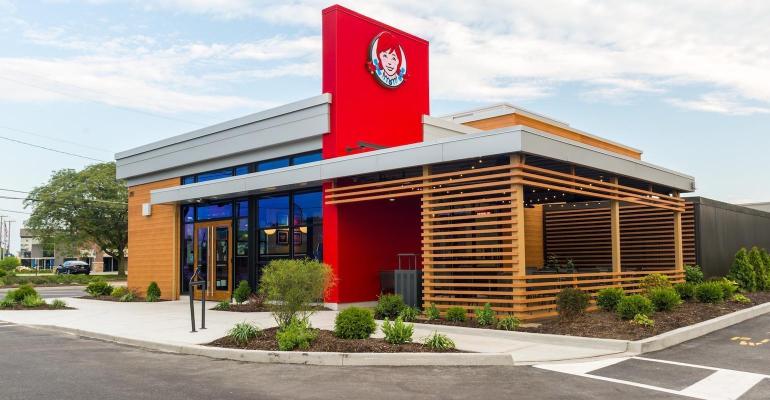An E. coli outbreak linked to The Wendy’s Co. units in six states is over, according to the Centers for Disease Control and Prevention, but more than 40 of the 109 identified victims are being represented by lawyers.
The Dublin, Ohio-based burger chain immediately removed romaine lettuce from its menus when the outbreak was initially reported.
The incident began with three states and expanded eventually to six and spanned July 26 to Aug. 17. The outbreak involved 109 reported cases and 52 hospitalizations. The most cases were reported in Michigan, and the illnesses were identified in five other states: Indiana, Kentucky, Ohio, Pennsylvania and New York. The CDC declared the outbreak over on Oct. 4.
“We are pleased that the CDC's investigation has concluded after confirming no new developments in more than a month,” Wendy’s said in a statement. “As a company, we remain committed to upholding our high standards of food safety and quality.”
Josh Fensterbush of the Seattle, Wash.-based Marler Clark food safety law firm on Sunday wrote: “Although the CDC has closed its E. coli investigation – presumably the FDA has as well – we are representing over 40 sickened in all six states impacted and will continue the investigation.
“Dozens of those clients were hospitalized and at least six developed hemolytic uremic syndrome – HUS,” he said. “We have much work to do.” HUS can lead to kidney damage and failure.
Foodborne illness investigators could not confirm romaine lettuce as the source of the six-state outbreak.
“This is partly because the Wendy’s meals eaten by sick people had many similar ingredients,” Fensterbush said. “Additionally, there were no laboratory or traceback data that could confirm romaine lettuce as the source.”
The CDC said that more than 80% of sick people who were interviewed by public health officials reported eating at Wendy’s restaurants in several states before falling ill.
“Many of them ate burgers and sandwiches with romaine lettuce, but the specific ingredient that caused the outbreak could not be confirmed,” the CDC noted.
Investigators from the CDC, state public health officials, the Food and Drug Administration and the Agriculture Department’s food safety and inspection service worked to collect three types of data to identify the contaminated food, the CDC said, but the outbreak ended before enough information could be gathered to determine the source of the outbreak. The outbreak involved E. coli O157:H7.
Infections involved people ranging in age from 1 to 94 years, with a median age of 22 years, and 55% were male. “Of 97 people with information available, 52 were hospitalized and 13 developed hemolytic uremic syndrome, a serious condition that can cause kidney failure,” the CDC said. “No deaths were reported.”
State and local public health officials’ interviewed people about the foods they ate in the week before they got sick. Among 82 people with detailed food history, 68 (83%) reported eating at a Wendy’s restaurant in the week before their illness started.
Of 68 people with detailed information about what they ate at Wendy’s, 46 (68%) reported eating romaine lettuce served on burgers and sandwiches.
Investigators used the PulseNet system to identify illnesses that were part of this outbreak. DNA fingerprinting of bacteria uses whole genome sequencing, and that found the bacteria from sick people’s samples were closely related genetically. “This suggests that people got sick from eating the same food,” the CDC said.
Wendy's, founded in 1969, has about 7,000 restaurants worldwide.
Contact Ron Ruggless at [email protected]
Follow him on Twitter: @RonRuggless

